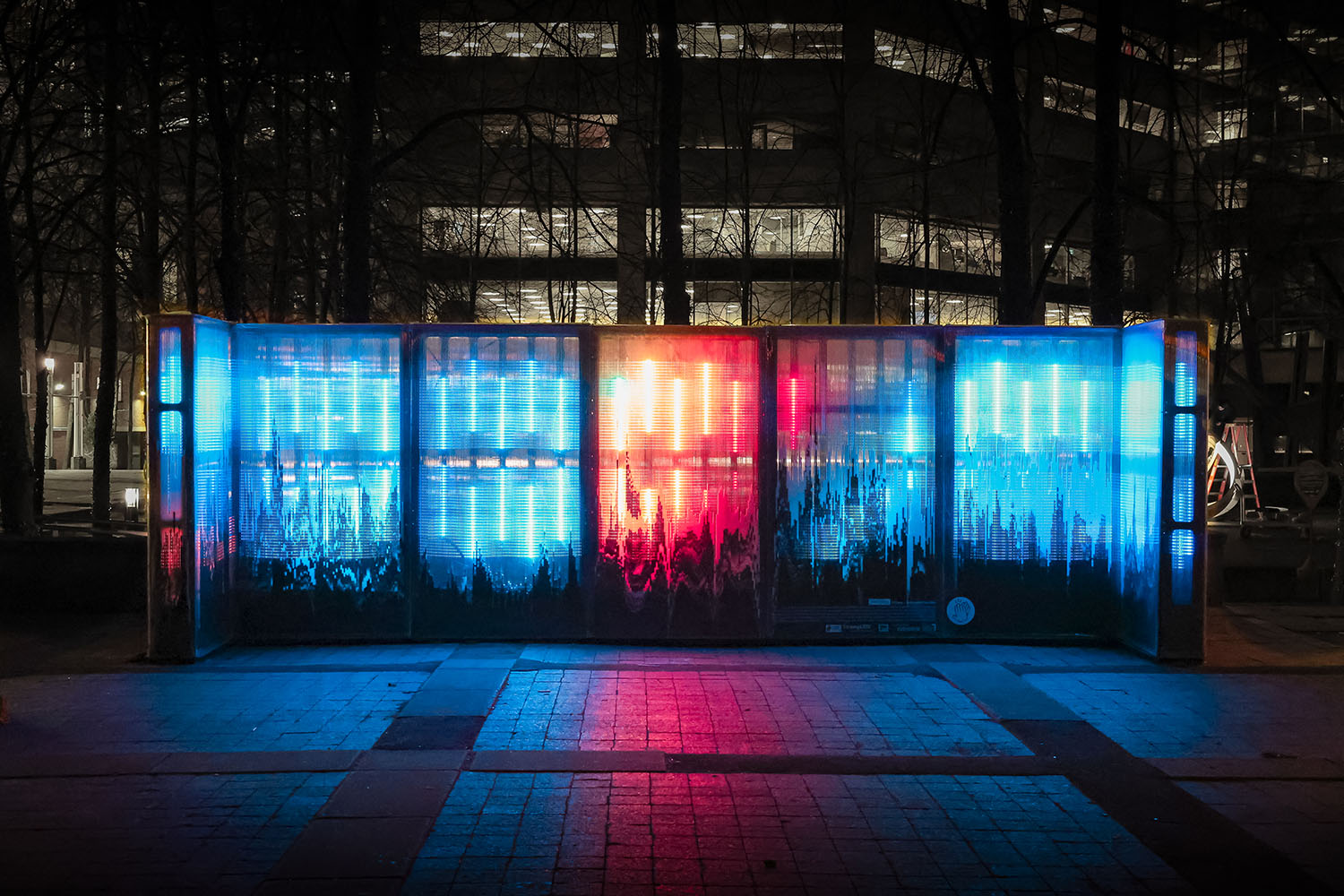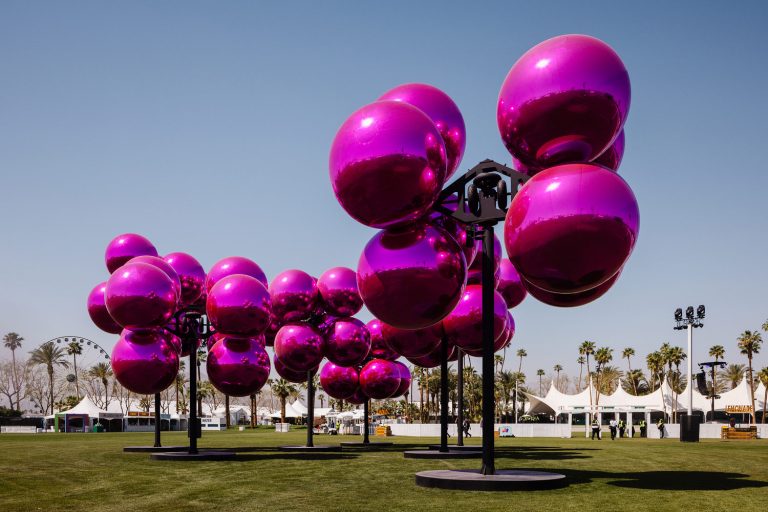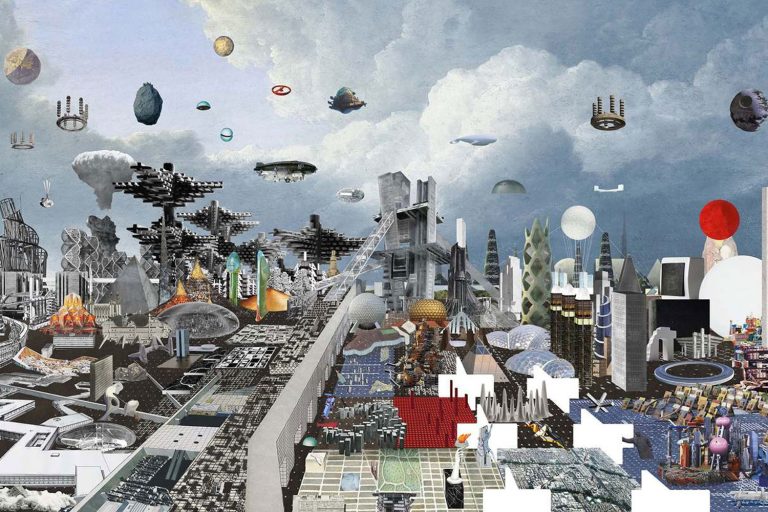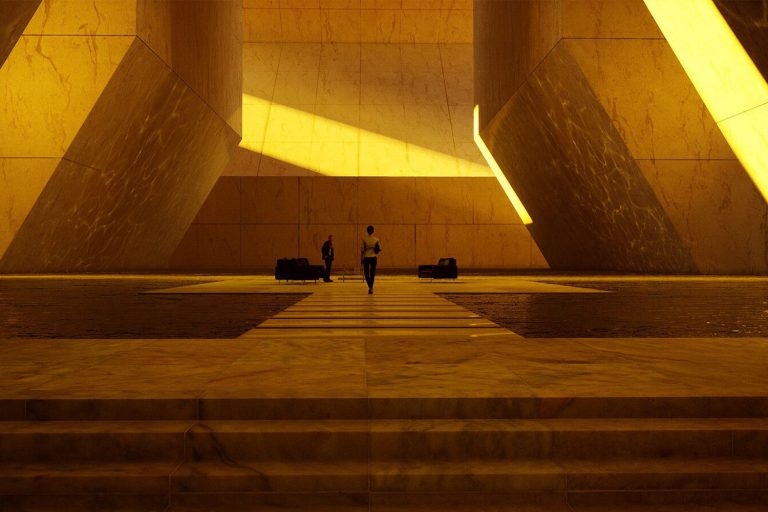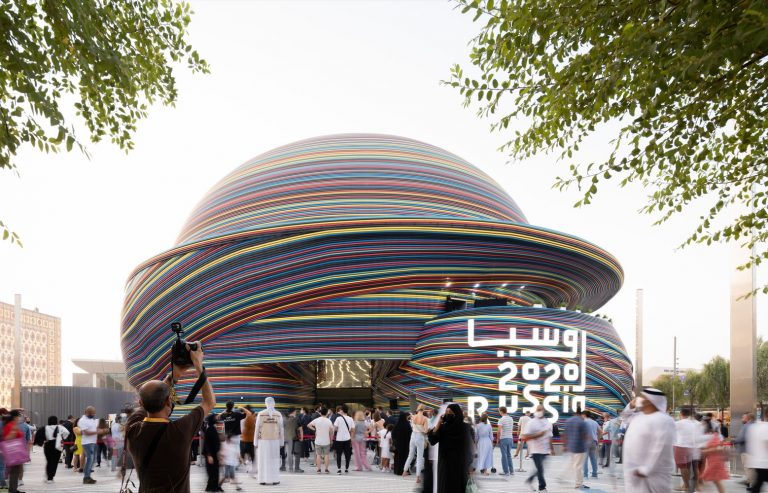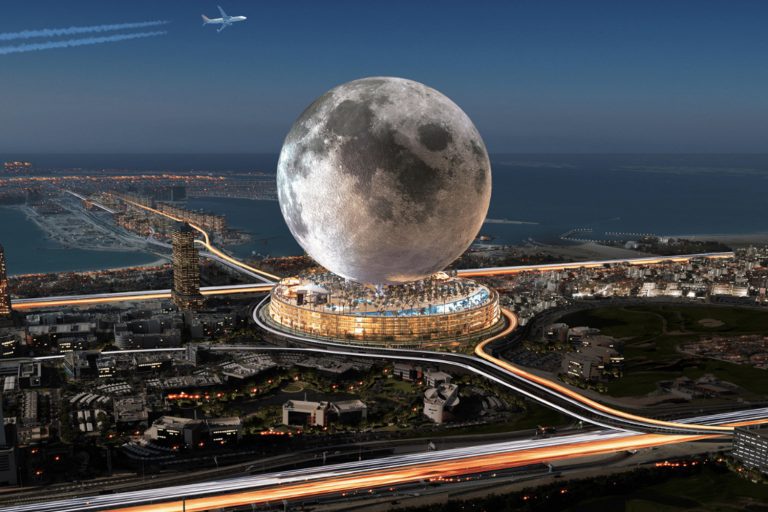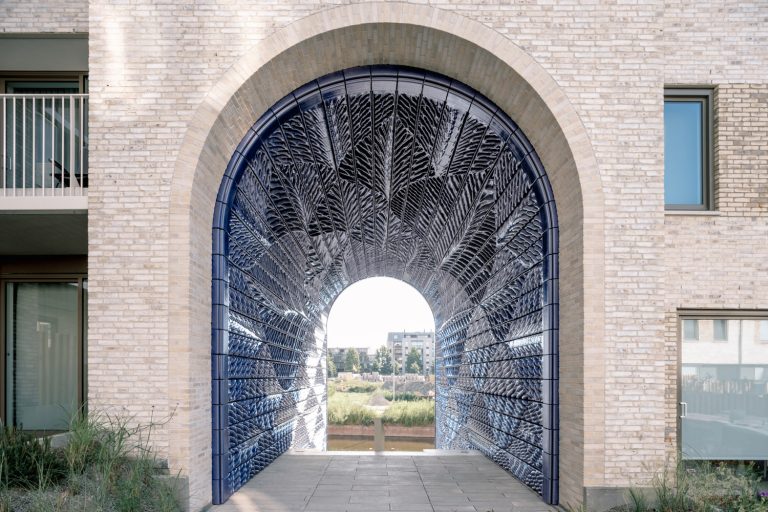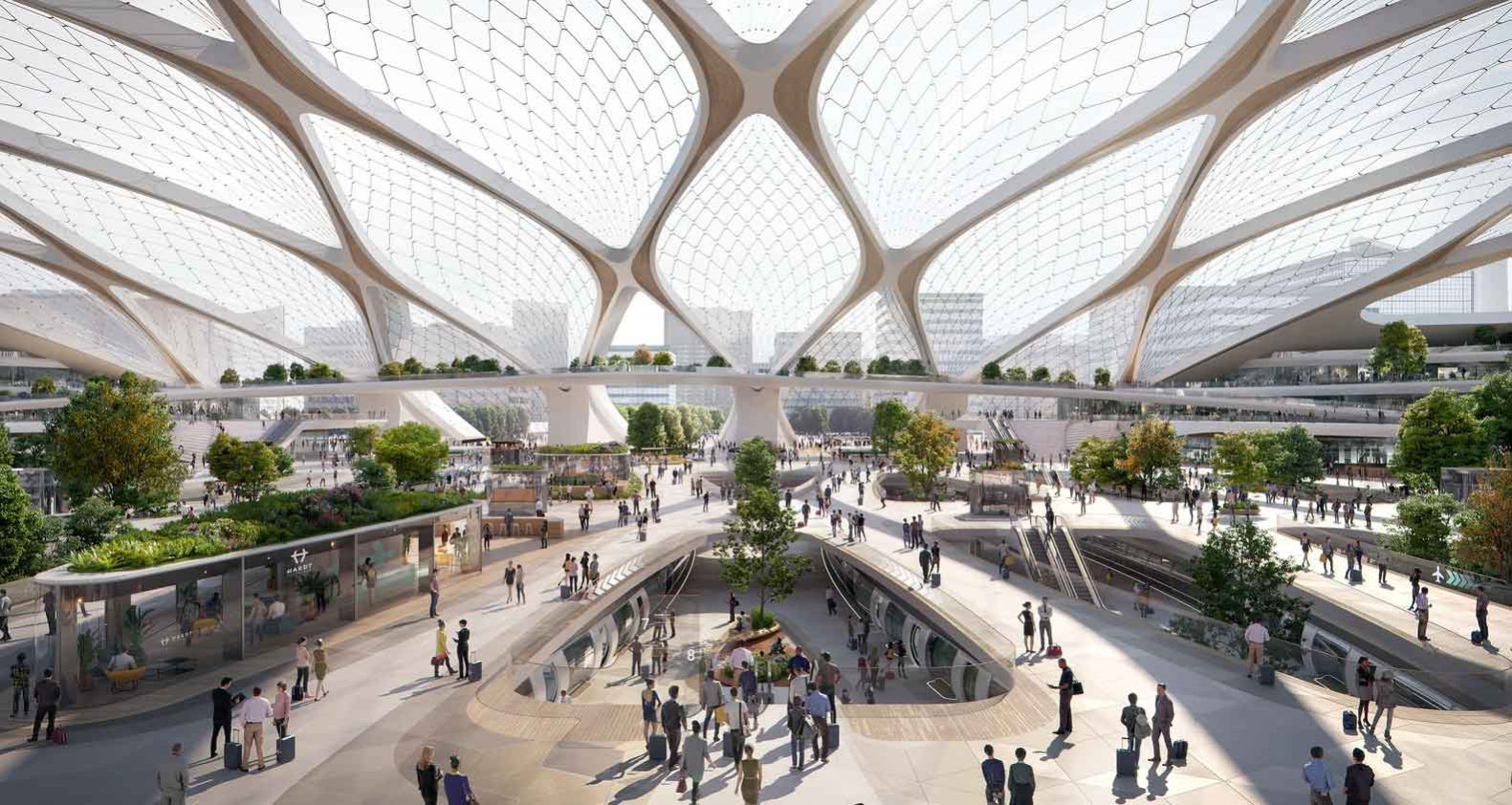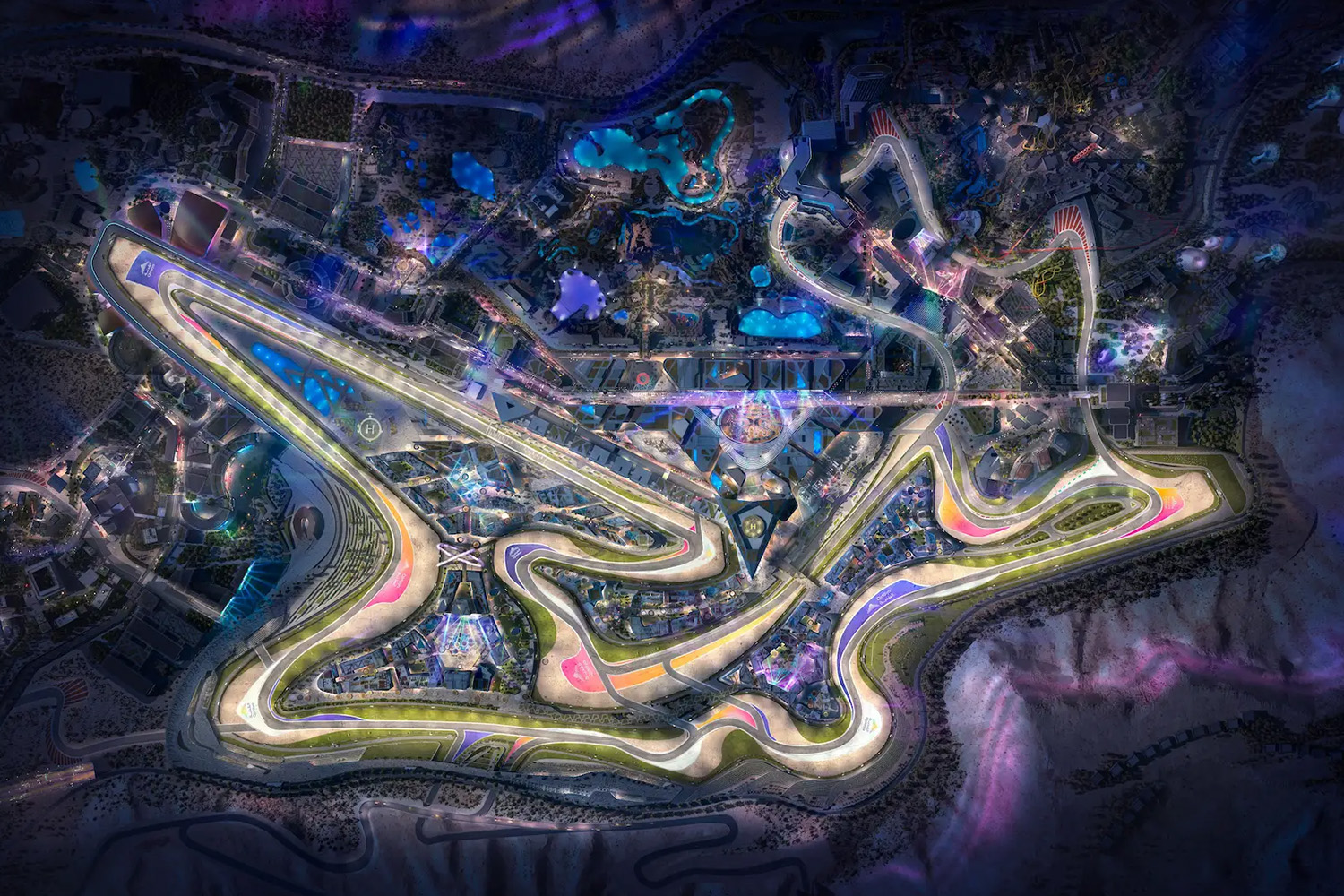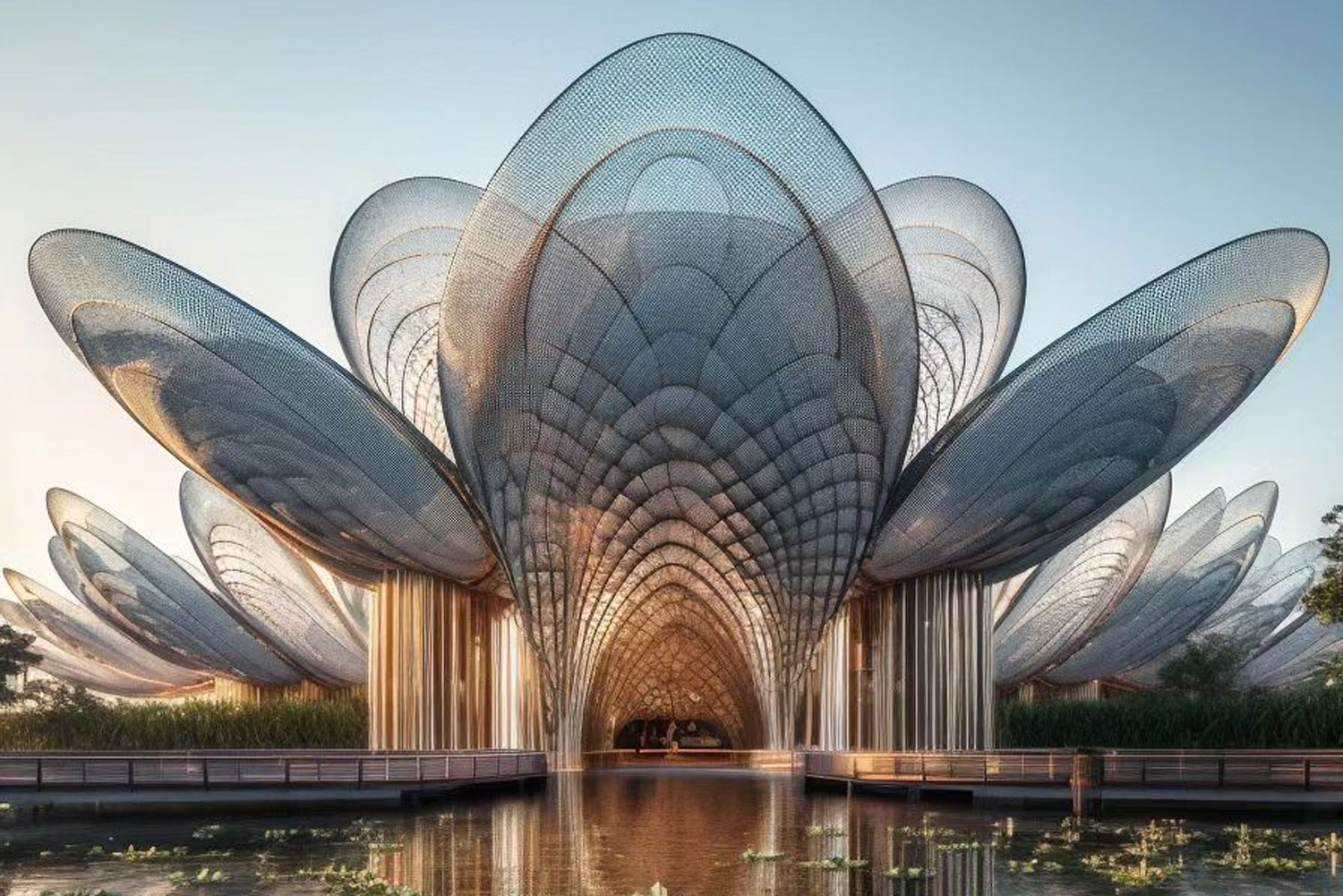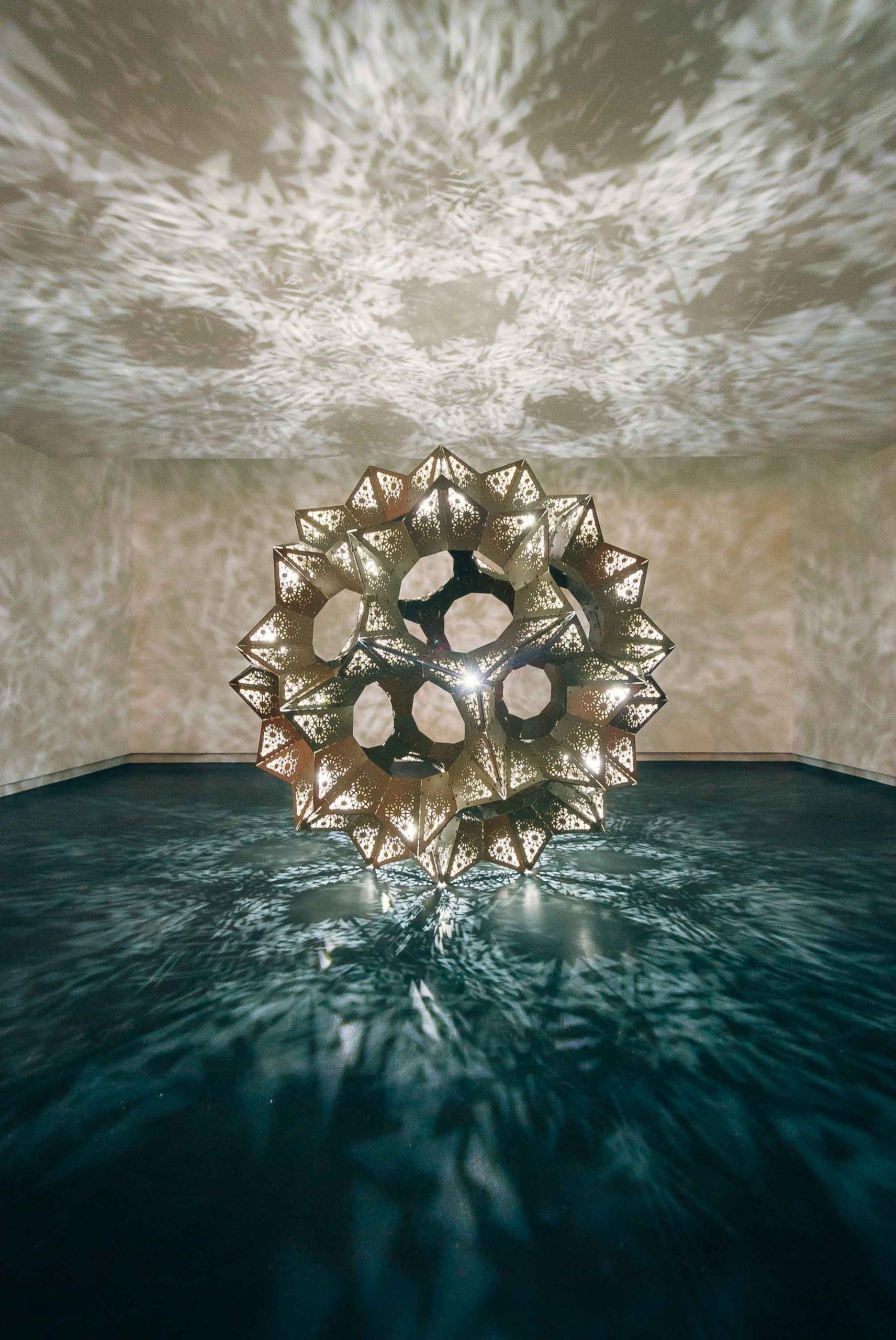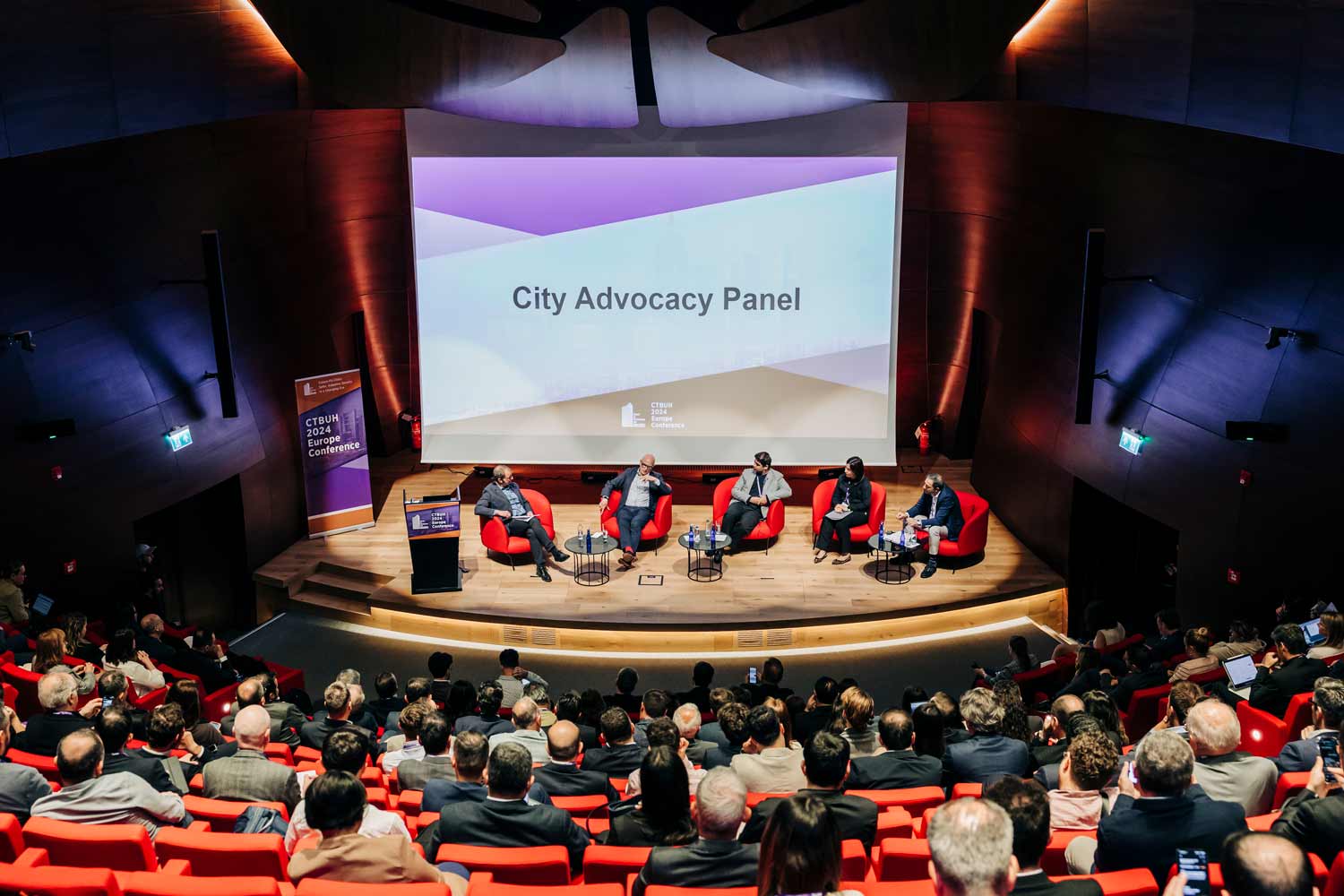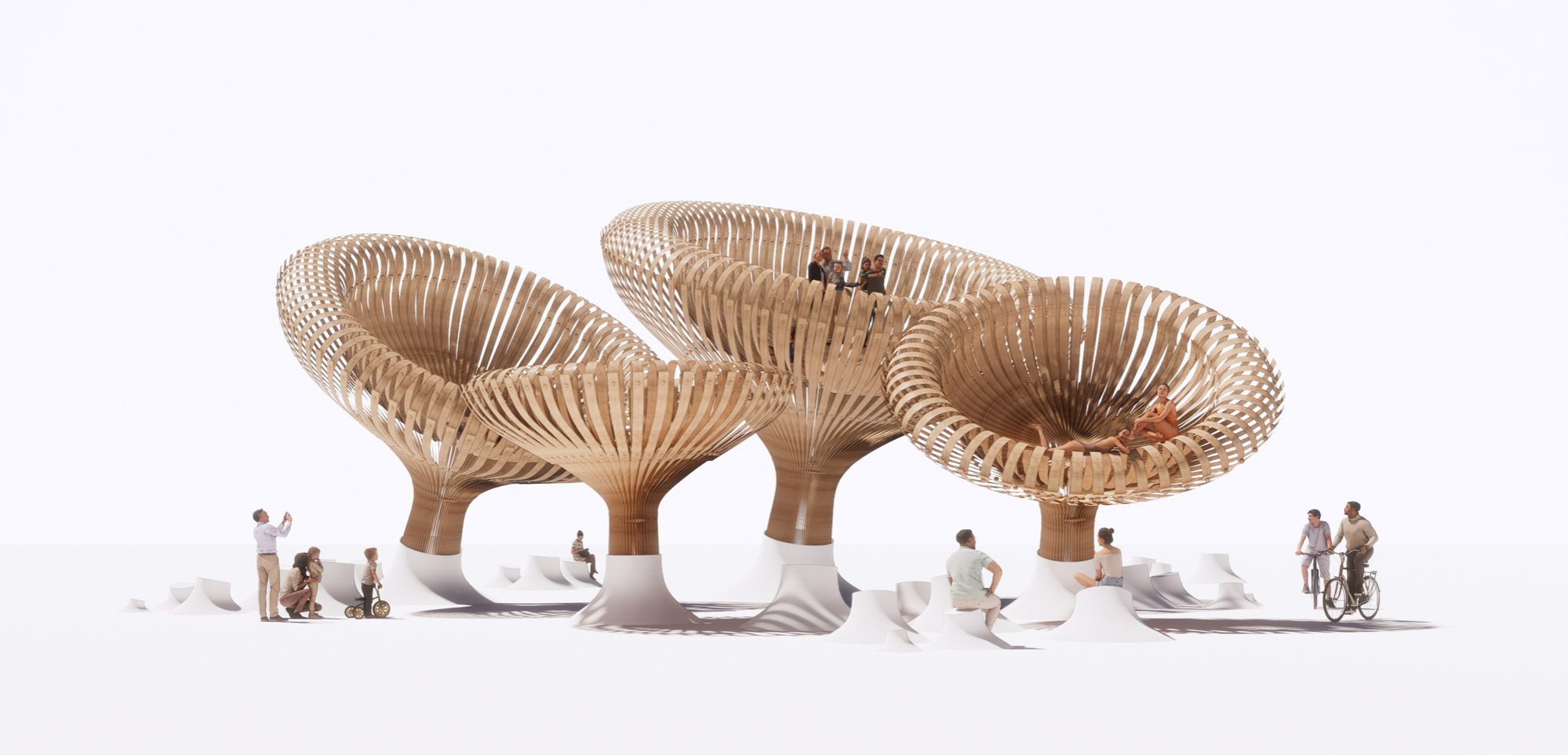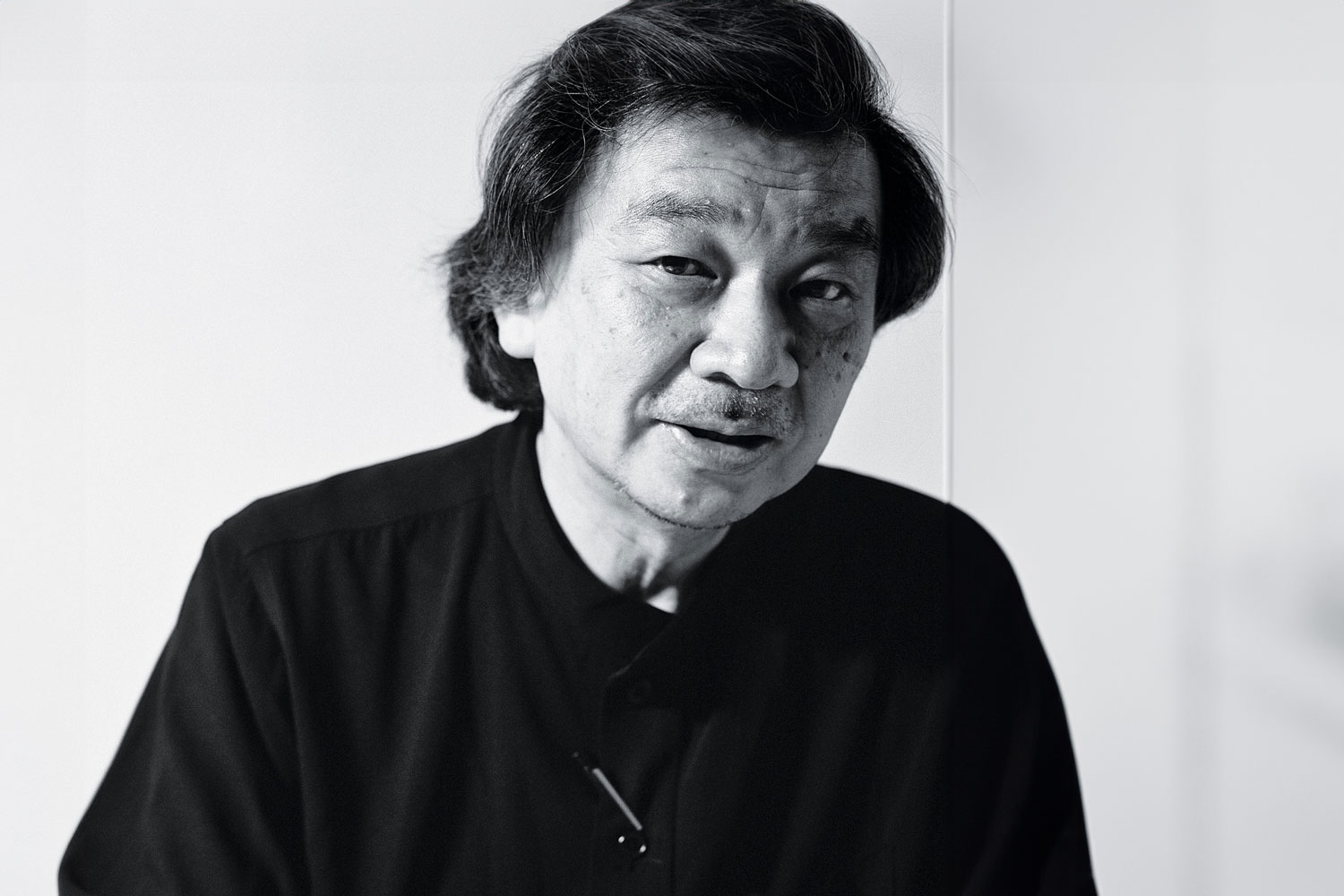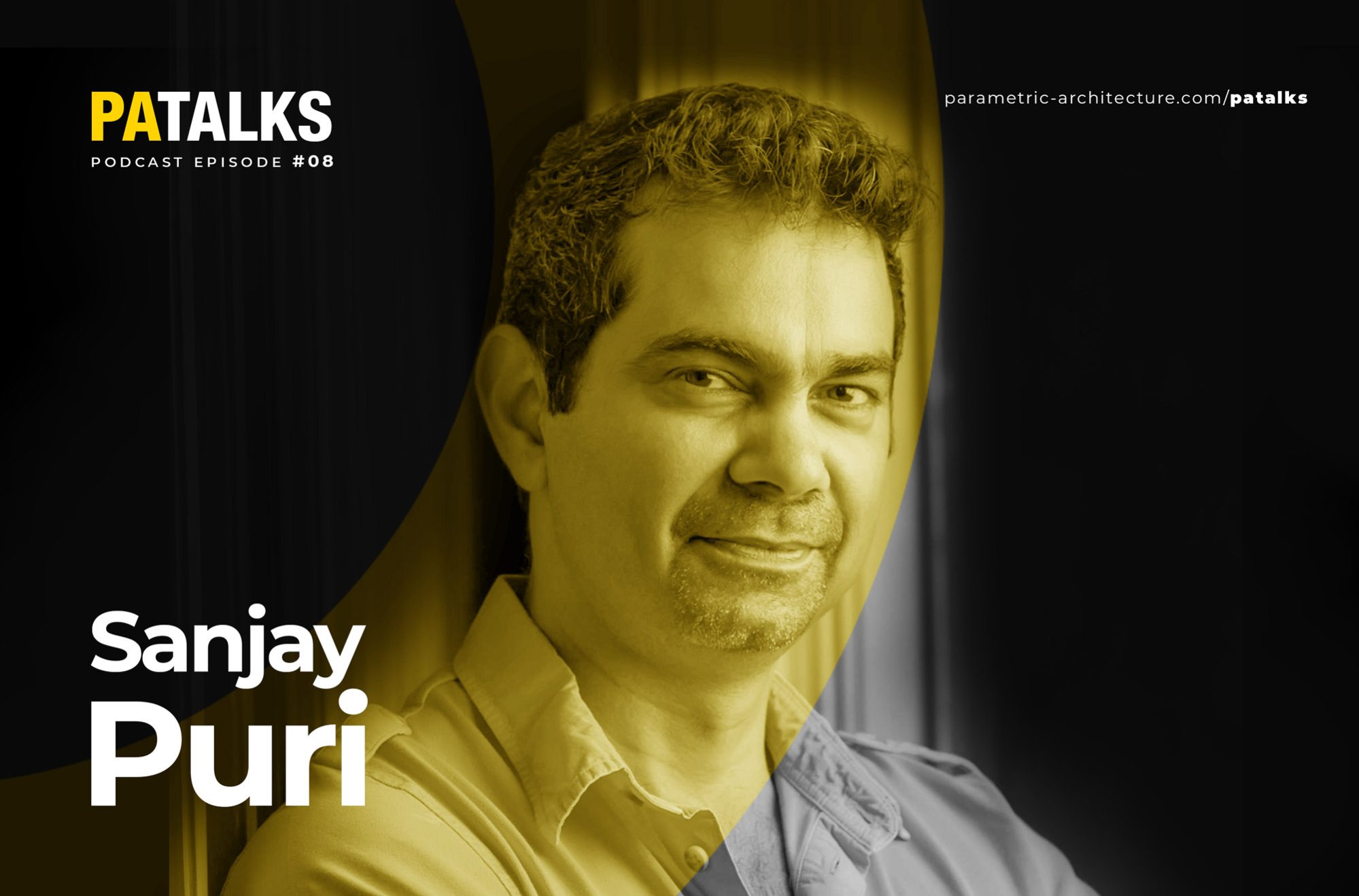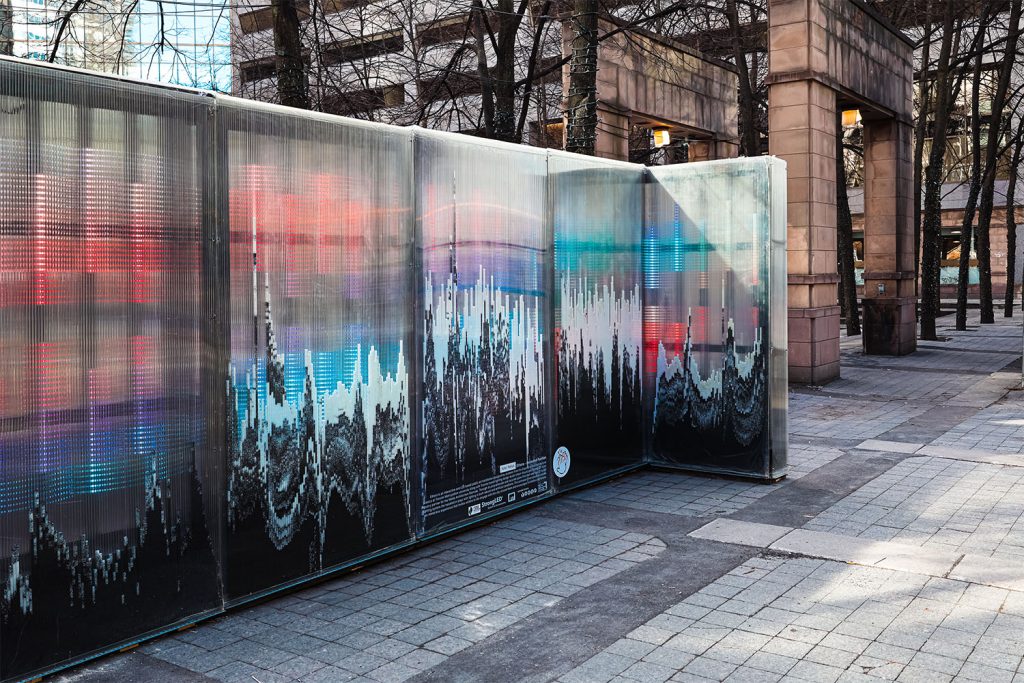
Ethera is an interactive and playful LED-based public art installation designed by Ariel Weiss for the Media Architecture Biennale and Illuminate Festival in Toronto, Canada. This installation challenges the idea of a typical light installation through a change in design approach. Most light installations typically use a series of lights attached to a support structure, where the role of the architecture is purely functional – to hold up the lights.
In contrast, Ethera begs the question: can architecture be used to enhance the quality of light rather than just functionally support it? To achieve this goal, the lighting fixtures are clad with a reflective and refractive multi-wall polycarbonate sheet. Using a multi-wall polycarbonate rather than a single sheet doubles the amount of reflections on the surface of the material, which greatly enhances the effect of the light behind it.
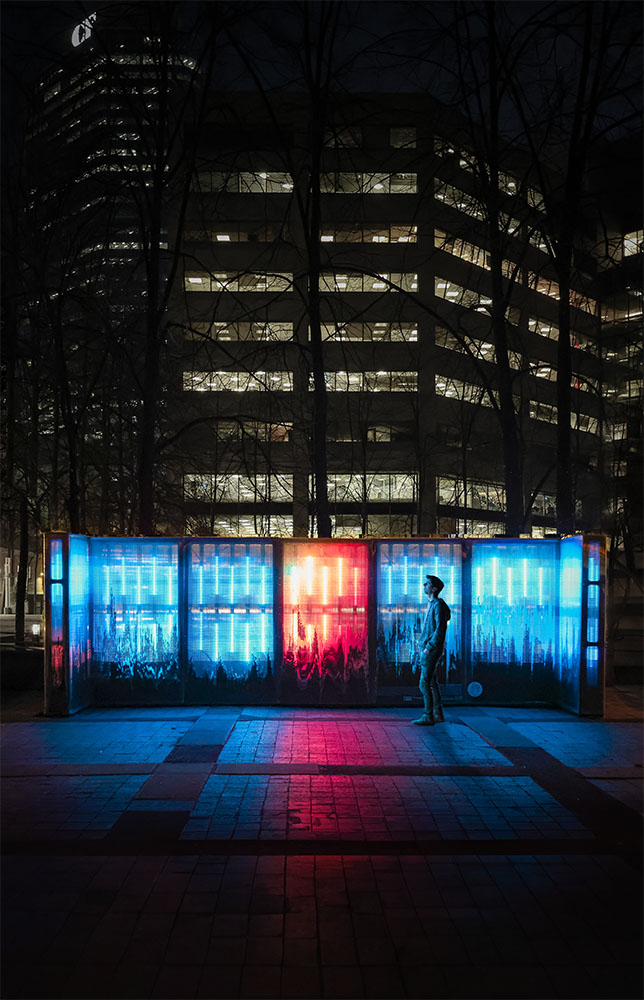
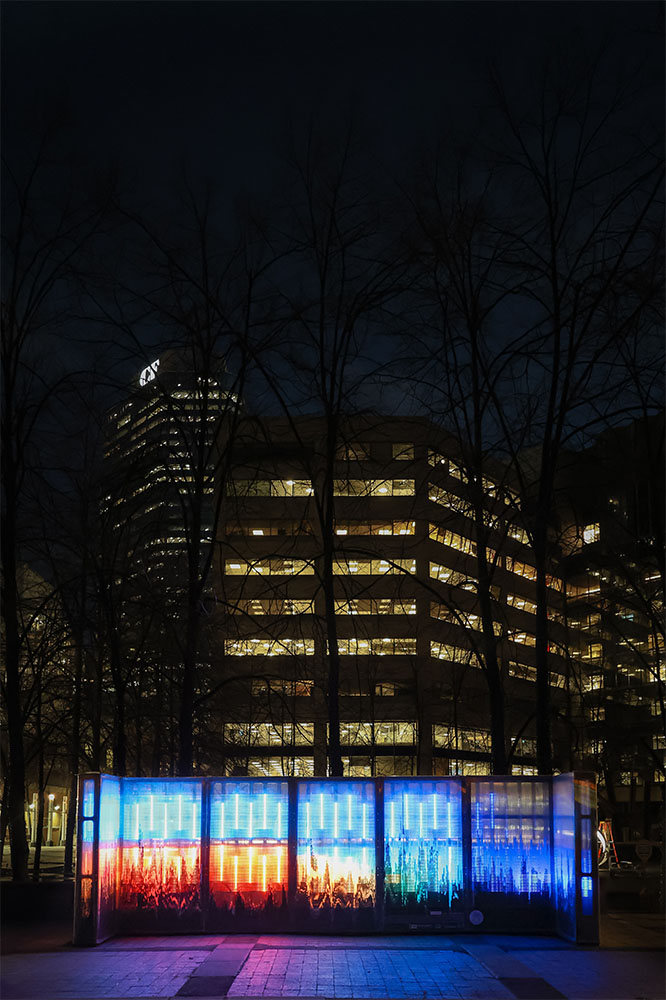
The multi-wall sheet also allows for the interior of the wall to be filled with small forms of aggregate. This not only amplifies the refraction of the light behind it but also allows the ballast to be expressed as a part of the visual effect. Due to being a temporary exhibit located in a public park, any art installation would need to be ballasted to the ground to ensure stability. The interior channels of the multi-wall polycarbonate sheets are filled with recycled glass aggregate to create a tactile and sculptural surface that comes alive during the animated and changing lighting conditions behind it.
Using a glass aggregate inside the polycarbonate channels provided various logistical benefits to the design team. It allowed for a highly varied facade without using any complex fabrication processes. The installation was also very robust and sturdy to exterior conditions due to the weight of the aggregate, and the various colors of aggregate created areas of high visual density which were perfect for exhibition signage and the disguising of lighting equipment.
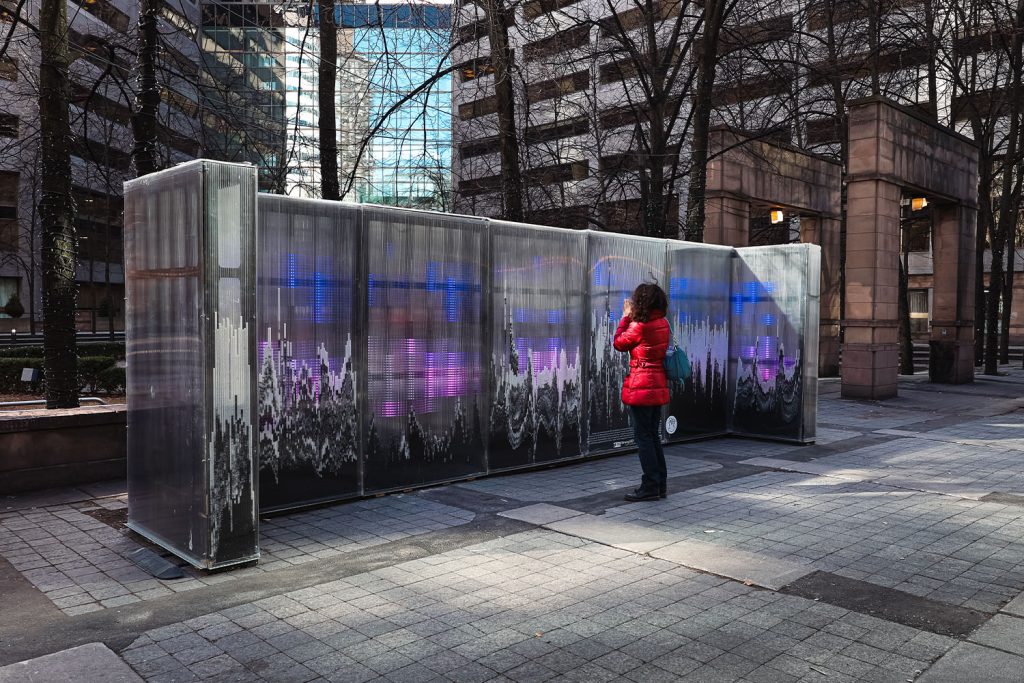
Additionally, the structure of the installation was created using a modular fabrication which is perfect for transportation and re-exhibition in the future.The result of this effort is a glowing piece of public art that comes alive and illuminates the city center of Toronto. With an audio-reactive lighting program, the pavilion creates a childlike playfulness which invites visitors to disengage with the city around them and immerse themselves in a unique and memorable experience for all.


